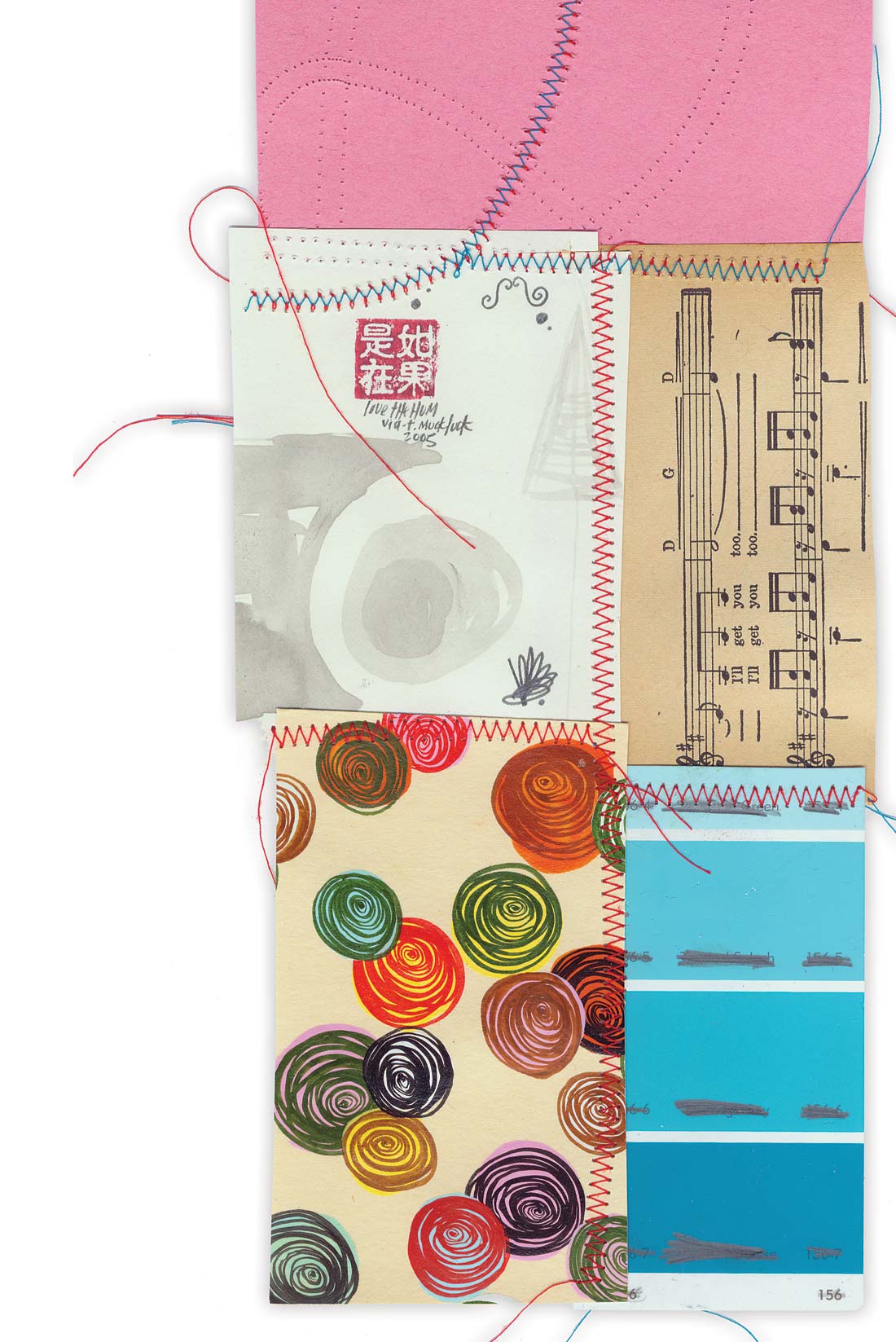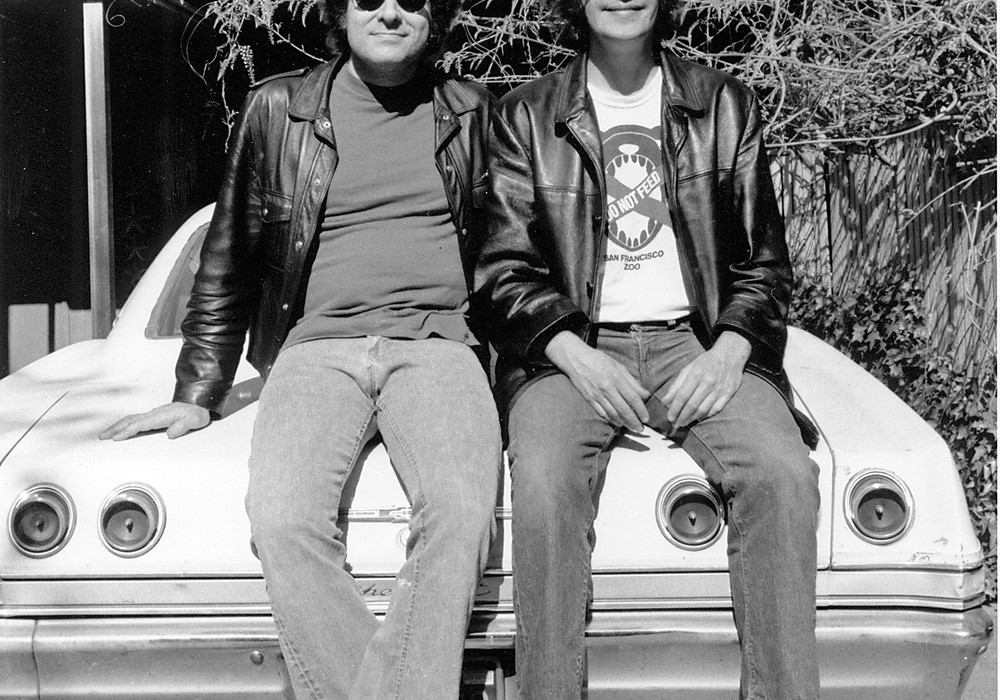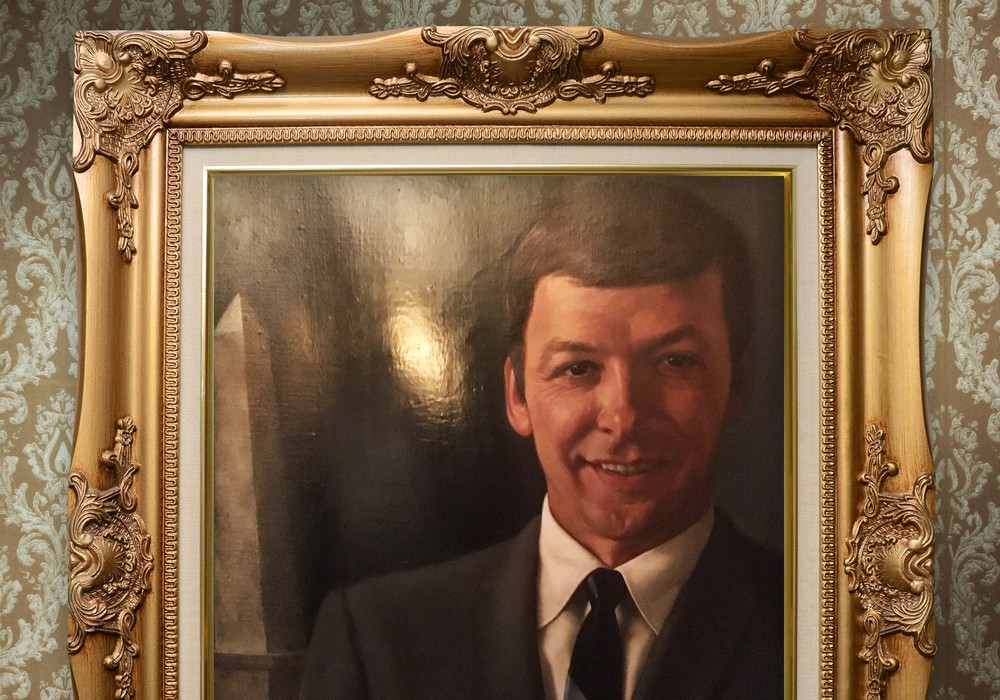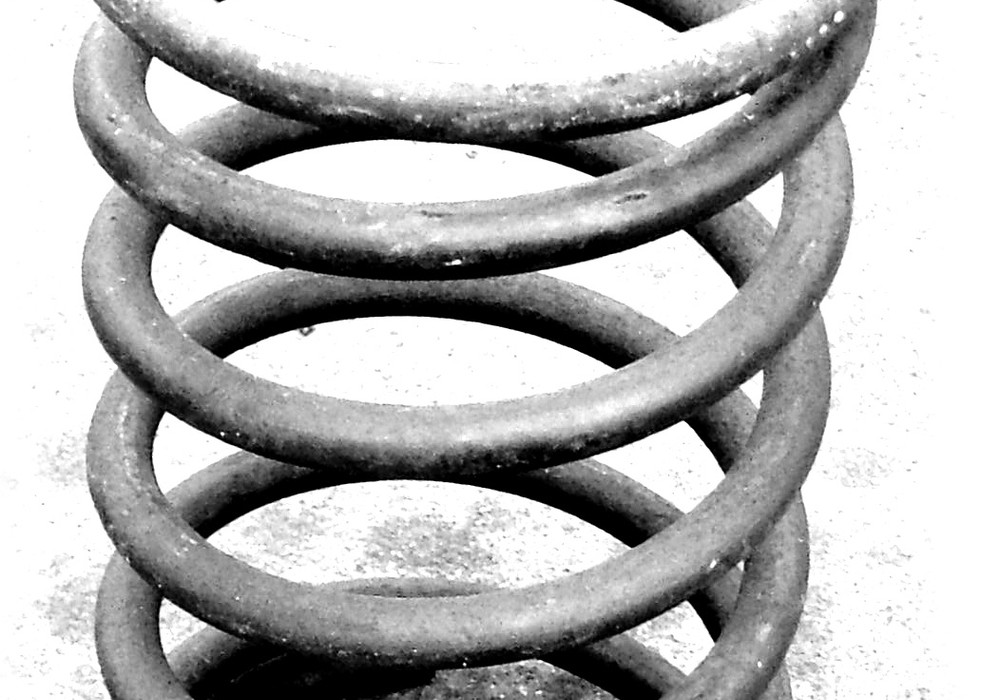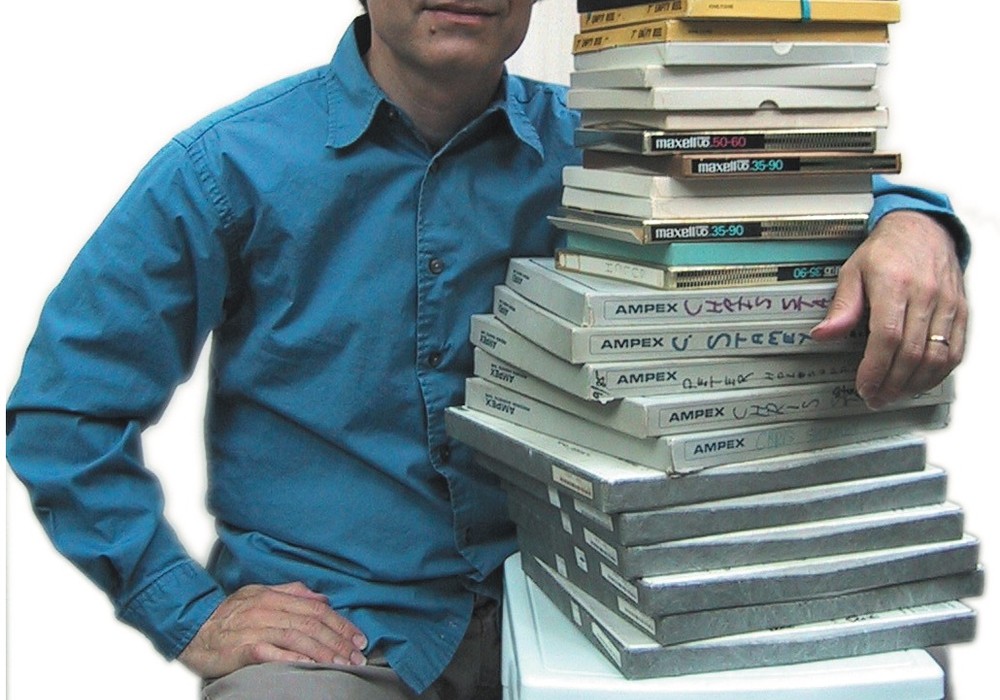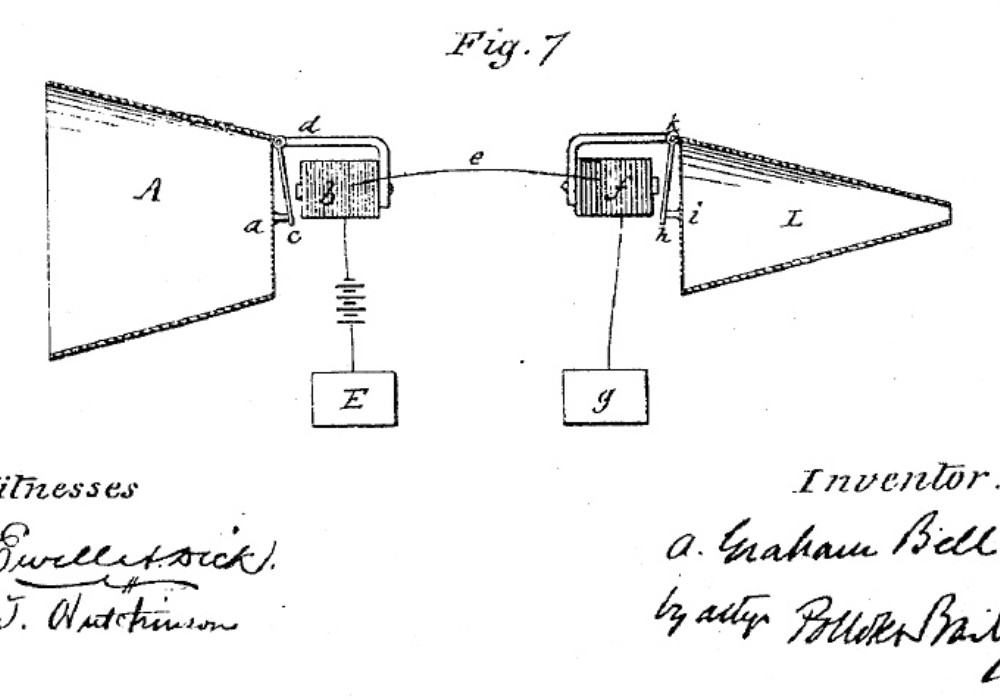Polarity reversal, whether it's via a console, mic pre or plug-in, is not simply a way to check phase relationships between two sources. It can also be a helpful tool in the studio. Headphone monitoring and separate recording booths are two types of forced seclusion in recording music. They often work against an idealized notion that musicians can play better together by directly seeing/hearing each other (and their own sound) naturally by being in the same room. Compromised choices of mic and musician placement are often made to achieve a workable track separation. A solution to reduce unwanted leakage can be found in polarity-reversal. Here are two different situations to consider:
First is recording a band all together in one room with guitarist playing through an open-back amp. A typical amp's dynamic loudspeaker is inherently a "dipole radiator". This means that the front and back of the speaker are simultaneously outputting a polarity signal opposite of each other. If, for example, the front side produces a forward movement — simultaneously from the point-of-view of the rear, the speaker is also producing an equal motion in the opposite or reverse direction. With an open-back guitar amp (like a Fender Twin) you can use this physical fact to your advantage by placing two mics — one in front and one in back, with the latter having its polarity inverted (at the console).
Think of it as if the front is positive and the back is negative — and making the negative side negative (i.e. minus-180°) turns it positive, so that both sides combine constructively. It's somewhat similar to the common idea of using two mics (top and bottom) to record a snare drum. An opposing polarity situation occurs when each strike of the drumstick causes the drum heads to move away from the top mic, while also moving towards the bottom mic. With a guitar amp, the loudspeaker output will actually be reinforced through the combination of both mics. For the other instrument sound sources, position them so that they are to the sides and as equidistant as possible from both front and back mics. You might think of it as a big, inside-out, figure-8 polar pattern — where sounds arriving from anywhere along the side axis of the two mics (or amplifier) will reach both mics relatively in-sync and then be cancelled out through the mic signal's opposing polarities — and the sound of the amp in-between the two mics is what mostly remains.
Don't expect a perfectly complete cancellation — but if both mics and the other sound sources are placed as described above, there will be a significant reduction of mid and low-frequency leakage, all while strengthening the intended amp signal. Here it's best to use the same model cardioid mics and to process them (EQ, compression) identically. Also, keep them panned to the same location — otherwise the two signals will be separated and not combine as intended.
This same idea can also work with an acoustic grand piano — putting one mic (or stereo pair) above the soundboard, and another one (or two) equally distanced on the opposite side of the soundboard underneath the piano. Although a piano soundboard does not have as orderly a dipolar radiation pattern as a drum or loudspeaker, the result is a fairly good cancellation of low-frequency leakage below 400 Hz from other instruments in the room. This off-axis rejection coupled with the reinforcement of the piano sound gives you better isolation. I've used this idea effectively with closely spaced jazz groups centered around a piano.
The second situation deals with recording a choir (or less formally, any group of singers). Problems arise when you try to set up headphones for everyone — even if you have enough sets they aren't always identical models, leading to mismatched levels. Then there's the strangling mess of so many headphones and their associated cables packed close together as a choir might be. It would be much more natural for the singers to hear each other (without headphones) and blend as a unit if they could monitor the backing tracks played over loudspeakers. At the same time, a fairly common practice in the studio is to record a second pass to double a choir, making the group sound larger, fuller and more chorus-y. The following polarity-reversal idea solves the monitoring problem while simultaneously allowing for a doubled take to be added.
While recording the first good pass, take the time to ensure that everyone is satisfied with the monitoring setup (i.e. levels, balance, position). You can blast the monitors as loud as you want and place them pretty much anywhere. Once you find the optimal setup, don't change a thing about it as you move on to record the second doubling pass. Then simply reverse the polarity of each mic signal from the second pass.
The combined choir voices are now the residual sound remaining after you subtract one, take from the other. What is in common is the monitor leakage into the mics — which gets cancelled out when you reverse the polarity of the mic signals from the second take. The first time I tried this — even though I knew it made sense in theory — it was like magic when I hit the polarity reverse buttons and the monitor sound virtually disappeared. Musically, they may be singing the same parts — but acoustically, the phase, timing and waveforms are too different to combine destructively when you reverse the polarity. The backing track monitor playback is essentially identical in both takes.
Everything in the audio signal path of both takes has to be identical (i.e. the monitor positions and playback levels, the mic positions and levels, EQ, etc.). If you need to compress, it's better to buss all the choir tracks together to a compressor in mixdown, otherwise the two separate takes will trigger the compressor differently and the leakage will then modulate in and out at the rate of the attack/release settings. It's best that this be done within the same period of day as room climate conditions (humidity and temperature) can shift, causing a change in the speed of sound, which in turn causes a change in the wavelength dimensions for all frequencies. The cancellation won't be as well aligned between takes recorded on different days.
If you don't want to double the choir, then leave the mic and monitor settings exactly the same and simply record a second pass of the entire song without the choir in the room. You can also scale down this idea to overdub a single singer, musician or strings, or for any situation to avoid cueing via headphones.
See? Phase cancellation can truly be your friend!
